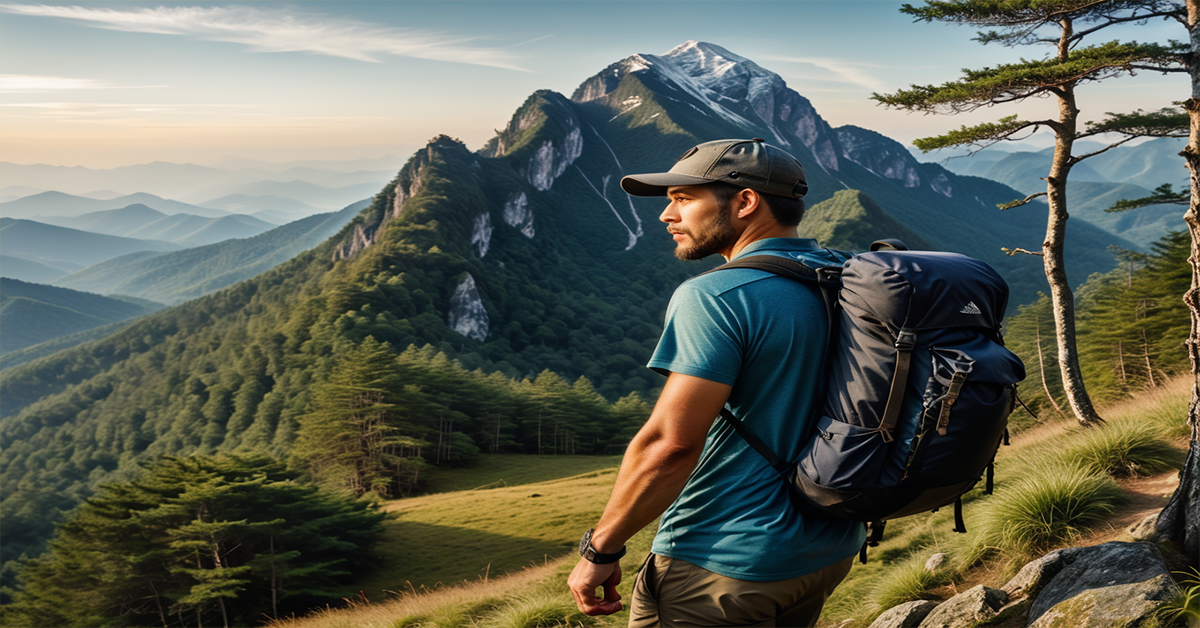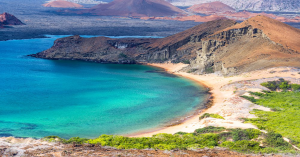How to Stay Safe While Solo Adventuring
Solo adventuring has become a popular trend, allowing travellers to explore on their own terms and dive into new experiences without compromise. Whether hiking in the mountains, backpacking through exotic destinations, or simply hitting the open road, the allure of solo travel is undeniable. However, with great freedom comes great responsibility—your safety.
This guide dives deep into practical, easy-to-follow tips to ensure you remain safe while embracing the joys of solo adventuring. From smart planning to staying alert in unfamiliar terrains, here’s everything you need to know.
Research and Planning
Study Your Destination
Before packing your bags, invest time in researching your destination. Familiarize yourself with its geography, local culture, and areas considered safe or unsafe. Online travel forums like Trip Advisor, guidebooks, on platforms like Lonely Planet or National Geographic and blogs like this one or the similar, are great sources for firsthand experiences and advice.
Knowing landmarks, transportation options, and nearby amenities can be a lifesaver in case of emergencies. Understanding cultural nuances also prevents you from inadvertently offending locals, ensuring a smoother journey.
Check Weather Conditions
Whether you’re heading to a sunny beach or trekking in snow-covered mountains, weather plays a critical role. Check the forecast for your destination ahead of time and pack accordingly. Unpredictable weather can turn a pleasant trip into a challenging ordeal. Rain gear, sunscreen, or thermal wear might be essential depending on where you’re headed.
Know Local Laws and Customs
From prohibited items to dress codes, every destination comes with its own set of rules. Research these to avoid legal trouble or cultural faux pas. For example, certain hand gestures, attire, or behaviours might be considered rude or even illegal in some cultures.
Preparing for the Trip
Pack Smart and Light
Travelling alone means you’re responsible for everything you carry. Opt for a light backpack with essentials like a first-aid kit, reusable water bottles, snacks, and multi-purpose tools. A lightweight packing list not only keeps you mobile but ensures you’re prepared for unforeseen situations.
Share Your Itinerary
Never embark on a solo trip without sharing your plans with someone you trust. Let them know your daily schedule, expected locations, and return dates. This simple step ensures that someone can raise the alarm if they don’t hear from you.
Carry Safety Gear
A small whistle, pepper spray, a flashlight, and a portable phone charger can make a huge difference in emergencies. These items are lightweight yet invaluable tools for personal safety.
Staying Connected
Use Reliable Communication Tools
In today’s digital age, a smartphone is your best companion. Equip it with offline maps, travel apps, and emergency contact numbers. However, be mindful of areas with poor reception—consider a satellite phone or GPS device for remote adventures.
Stay Updated with Loved Ones
Make it a habit to check in with your family or friends daily. A quick message or call reassures them of your safety. If your plans change, update them promptly to avoid unnecessary worry.
Be Aware of Emergency Services
Know the local emergency numbers and the locations of nearby hospitals or police stations. Being informed about where to seek help can be lifesaving in critical situations.
Practicing Situational Awareness
Trust Your Instincts
If something feels off, trust your gut. Whether it’s avoiding a deserted alley or declining an unsolicited offer, your instincts are often your best defence.
Stay Alert to Your Surroundings
Avoid distractions like constantly checking your phone or wearing noise-cancelling headphones. Staying aware allows you to notice potential threats or opportunities to escape tricky situations.
Blend In with the Locals
Dress modestly and avoid flashy accessories that scream “tourist.” Observing and mimicking local customs helps you avoid standing out as an easy target.
Navigating Unfamiliar Places
Stick to Well-Traveled Routes
Secluded areas might seem peaceful but can be dangerous for solo travellers. Stick to popular routes where help is more readily available if needed.
Avoid Traveling at Night
Darkness increases risks, from accidents to confrontations with strangers. Schedule your activities during daylight and retreat to your accommodation before nightfall.
Use Trusted Transportation
Avoid hitchhiking or unlicensed taxis. Instead, rely on public transport or pre-booked rides from reliable providers.
Managing Emergencies
Have a Backup Plan
Even the best-laid plans can go awry. Flights may get delayed, accommodations might fall through, or unexpected situations could arise. Always have a contingency plan in place. Carry extra cash in multiple safe locations, keep photocopies of important documents like your passport, and know alternative transportation options in case your original ones fail.
Know Basic Self-Defense
Taking a self-defence class can be one of the most empowering preparations for solo adventuring. Basic techniques can help you escape dangerous situations, such as physical confrontations or attempted thefts. If taking a class isn’t possible, learn online or carry protective items like pepper spray (where legally permitted).
Secure Travel Insurance
Travel insurance might seem like an added expense, but it’s worth its weight in gold during emergencies. It covers everything from medical emergencies to lost baggage and even cancellations. Before purchasing, review the terms carefully to ensure they include adventure activities, medical evacuation, and theft protection.
Staying Healthy While Traveling
Stay Hydrated and Eat Properly
It’s easy to forget basic self-care while exploring. Keep a refillable water bottle with you and drink plenty of water throughout the day to stay hydrated. Opt for meals that provide balanced nutrition, so you have enough energy to enjoy your adventure without feeling drained.
Take Regular Breaks
Solo adventurers often push themselves too hard, trying to see and do everything. Remember, exhaustion can cloud judgment and lead to accidents. Schedule breaks in your itinerary, rest in shaded areas or take a leisurely coffee stop to recharge.
Avoid Unsafe Foods
Street food may be tempting, but poorly prepared or unhygienic meals can ruin your trip. Stick to busy food stalls with good reviews or eat in places where the food is freshly cooked. If you’re unsure about water quality, opt for bottled water or bring a portable water filter.
Post-Trip Safety Practices
Reflect on Your Adventure
Take some time after your trip to reflect on your experience. What safety practices worked well? Were there moments where you felt unprepared? Learning from your journey will make you an even more skilled traveller in the future.
Stay Vigilant After Returning
It might be tempting to share every detail of your trip online, but avoid oversharing on social media. Posting pictures of expensive purchases or detailing your future travel plans could make you a target for online scams or theft.
Conclusion
Solo adventuring is one of the most liberating experiences you can have, but it comes with unique challenges that require extra precautions. By researching thoroughly, staying prepared, and maintaining situational awareness, you can enjoy the journey while staying safe. Embrace the freedom of exploring on your own terms while keeping these safety tips in mind—they may just save your life.




